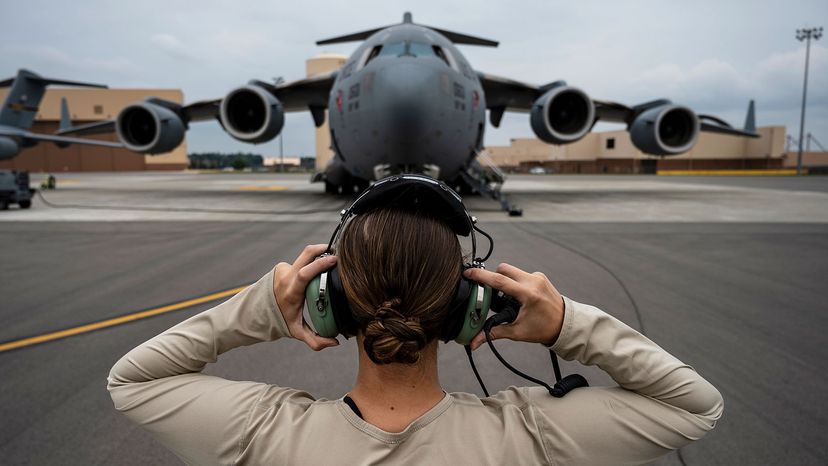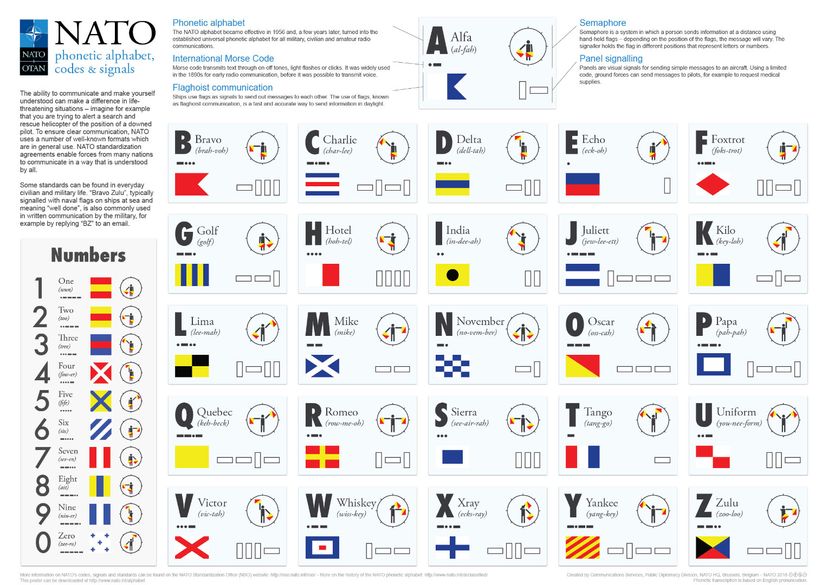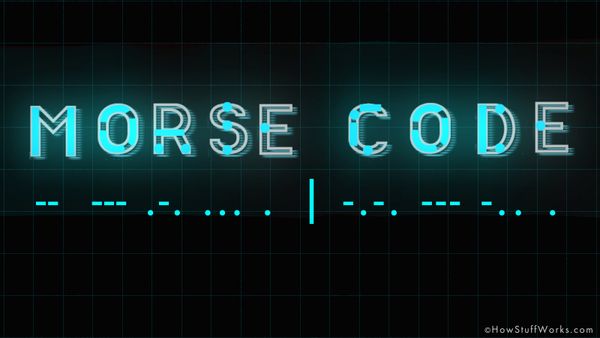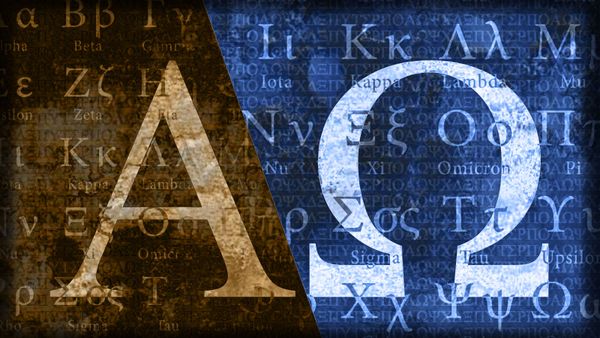
It happens all the time when we watch movies, especially war movies. A crackle comes over someone's radio and a voice cuts through the static: "Alfa Bravo, this is Foxtrot Victor. Report your position. Over."
Alfa Bravo and Foxtrot Victor aren't code names. The actors, who are playing soldiers in this hypothetical movie, are using the phonetic alphabet (also known as the NATO phonetic alphabet or the military alphabet), where each letter is assigned a full word. This may seem entirely unnecessary — why not just say A instead of Alfa? But think back to that scene: the static of the radio, maybe the sounds of gunfire or air raids, maybe other soldiers barking orders and answering. Now imagine trying to get a clear message through that radio with all that noise.
Advertisement
Maybe it's even come up in real life when you've tried to spell your name or email address while on the phone with customer service. You've probably used your own made-up phonetic alphabet: "That's S as in super, A as in apple, and M as in music."
When people mostly communicated by writing letters, this was not a problem. But as audio communications became more widespread, this kind of clarity became necessary. The first phonetic alphabet was invented in the 1920s by the International Telecommunications Union, according to the North Atlantic Treaty Organization (NATO). It used geographical names for each letter: Amsterdam, Baltimore, Casablanca, Denmark.
In 1941, in time for World War II, the U.S. Army and Navy created the Able Baker alphabet, which was also adopted by U.K. forces. It uses shorter everyday words and names: Able, Baker, Charlie, Dog, Easy, Fox, etc.
Ten years later, the International Air Transport Association (IATA) revised this alphabet to be less English-centric. The words used are still in English, but they were considered more universal, incorporating sounds common to English, French and Spanish: Alfa (not "Alpha"), Bravo, Coca, Delta, etc.
Advertisement


